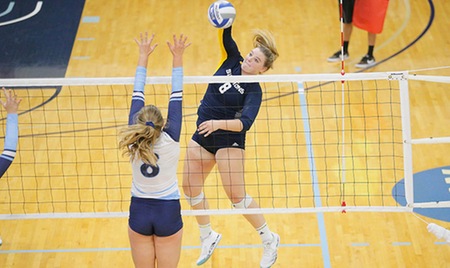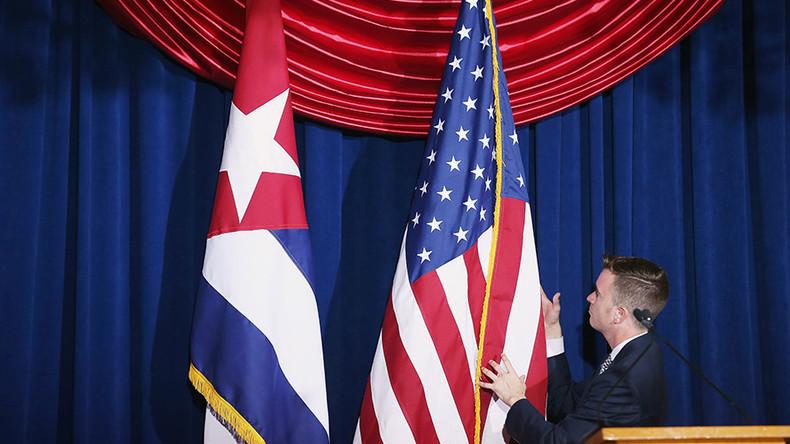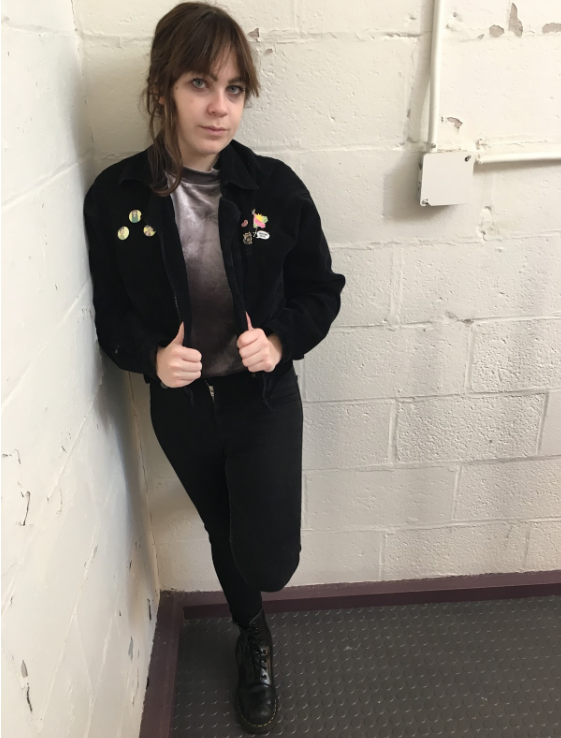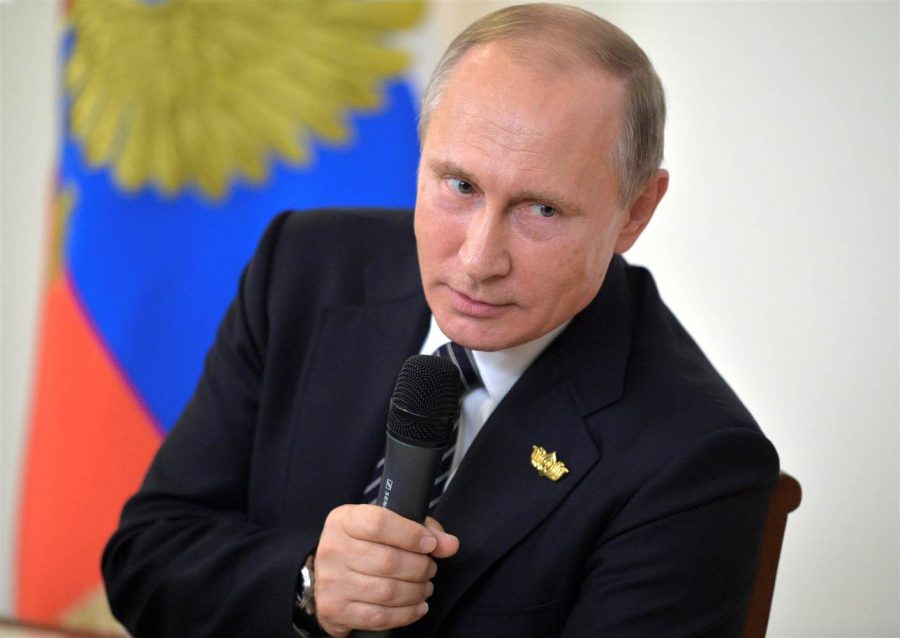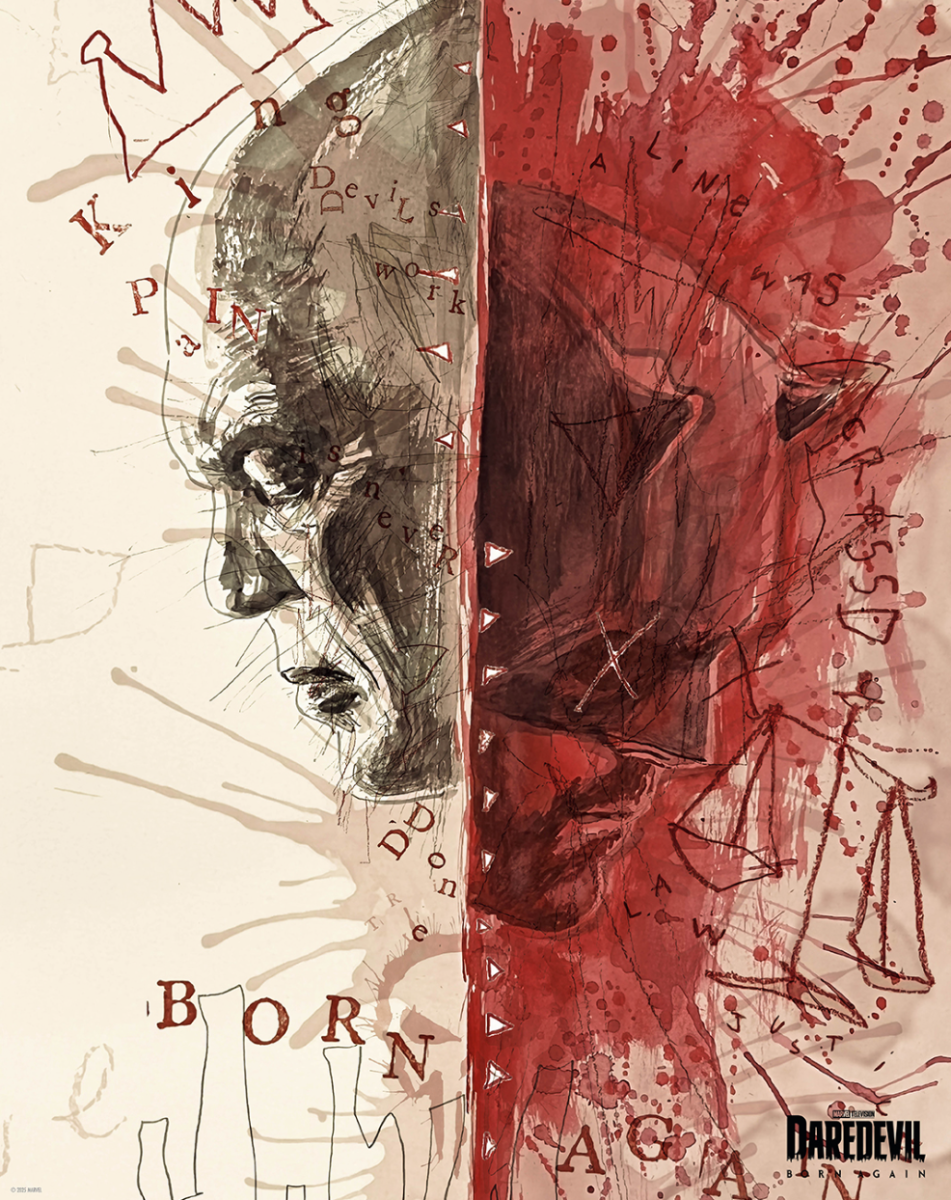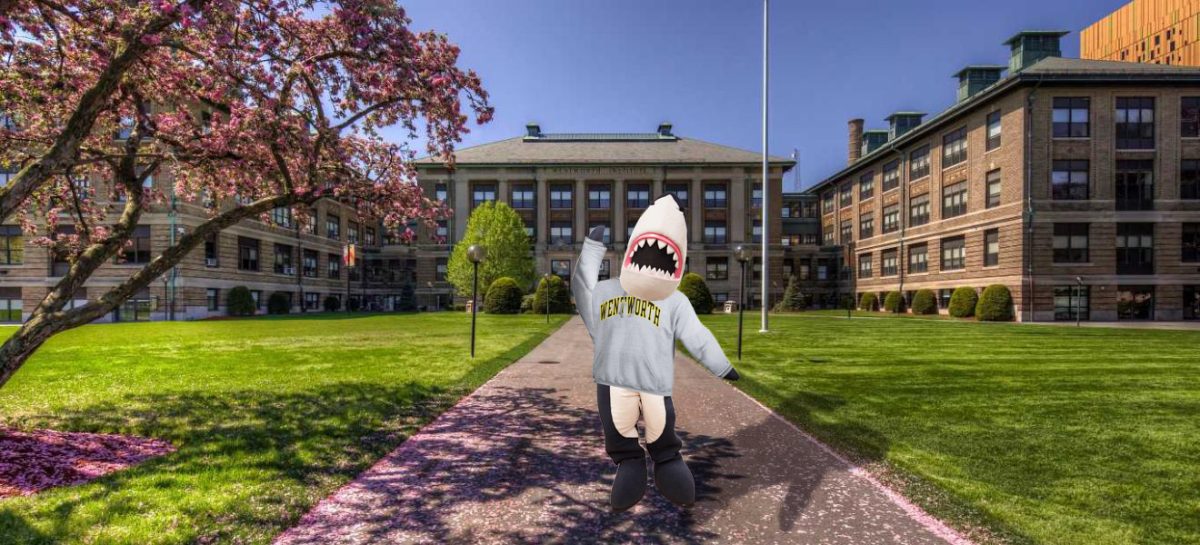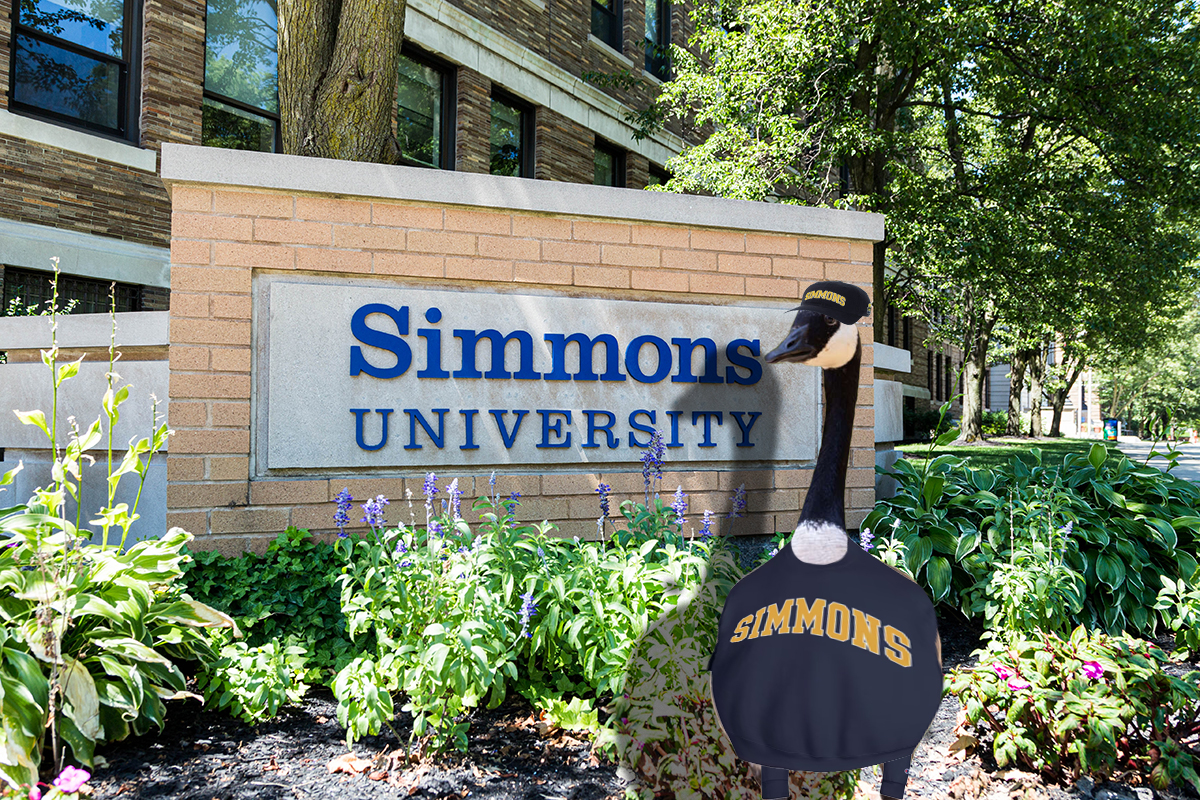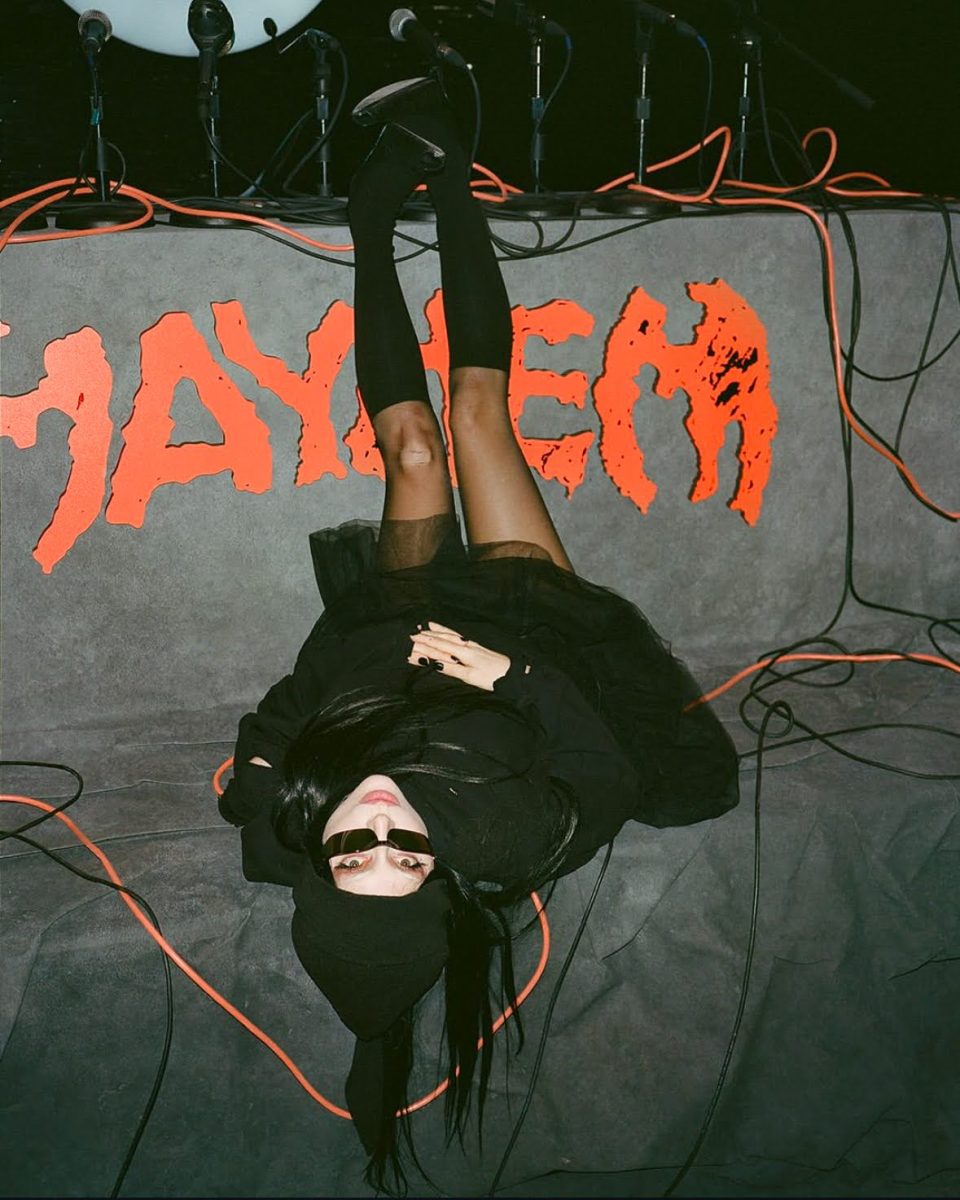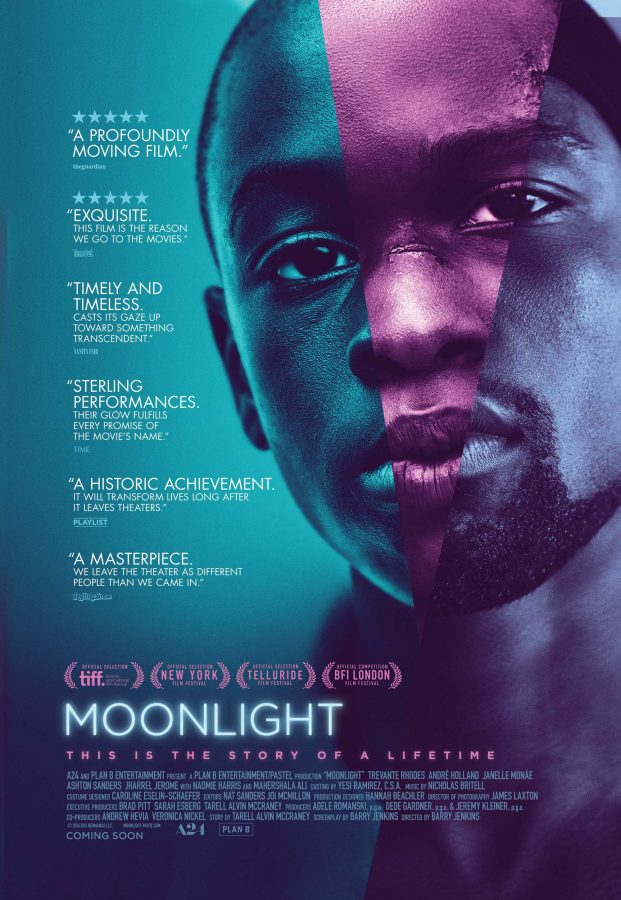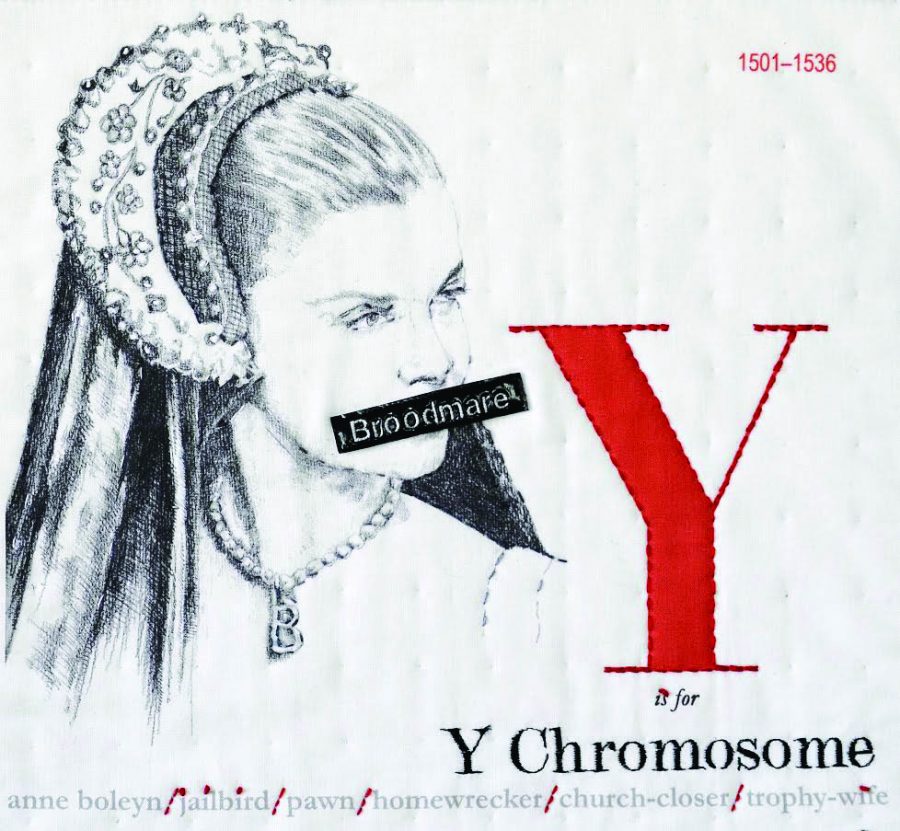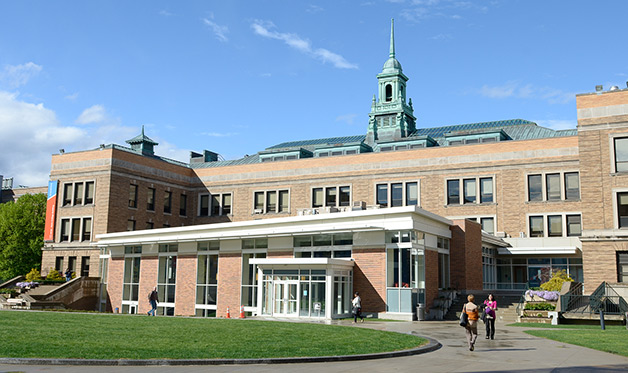By Kaydee Donohoo
Staff Writer

A literary poetry is often threaded through the details of a ballet. Boston Ballet’s “Onegin” by John Cranko, based on the novel by Alexander Pushkin, is no exception. It creates an emotional narrative of romance, drama, and rivalry. Symmetry is created through repeated events with twists in their execution. Letters are written and torn. Dances that were desired and unreceived then became received and undesired.
The music in “Onegin” was created by weaving together pieces from Tchaikovsky, generating the mood of his opera “Eugene Onegin” without including anything from the opera itself. You might recognize “June”—redone with violins and an orchestra—from original piano work “The Seasons, Op.37a,” the beginning of “Valse Sentimentale,” or many others.
The music director of the Boston Ballet, Jonathan McPhee, explained, “This new composition is quite effective as a larger-scale work, and is completely respectful of Tchaikovsky’s music.”
Beyond the orchestra pit, the fantasy of “Onegin” is created through the sets and costumes forming a period piece of the 1830s Russian countryside and a St. Petersburg palace. Pastel and lilac jeweled gowns, layers of branches in a nighttime forest, and a “mirror” that changes light to reflection of night and day are some of the many stunning visuals.
The choreography done by John Cranko blends influences of Russian folk dancing, a bolder ballet bravura, and a more reserved English style. “Onegin” consists mostly of couple dances, with even the ensemble scenes divided into couples, or into two circles with men and women mirroring the choreography in their own style.
Both the challenge and asset of ballet is portraying actions that are easier to express in a play format. “Onegin” quite eloquently, yet no less excitingly, portrays a brief brawl between the two male leads. A graceful twist of arms and total symmetry completed the action of Lensky to throw his fiancée and future sister-in-law away from him in anger.
The differences in the individual dancing styles articulated the personalities of the characters beautifully. How ballets are able to do this never ceases to amaze. This was done particularly well with the reserved, bookish, imaginative Tatiana, contrasted with her energetic, carefree, comical sister Olga. There was also tangible affection dripping from Olga and Lensky’s pas de deux as an engaged couple.
Transitional scenes were occasionally told through a transparent screen playing tribute to the novel’s author, whose portrait floated above the stage.
The slightly-veiled dancers twirling through a dark stage looked similar to how animated characters sometimes interact on the black screen as the credits roll up. This effect was chilling when portraying a flashback.
A rare couples dance dynamic was reached in the third act. One character was asking another for a relationship, but the other was conflicted.
The result was that the two dancers, who had logged countless rehearsal hours to coordinate their every movement together, were able to allude that their pas de deux was nonconsensual. Planned or not, a tulle skirt was torn. It was powerful to see, and not common to the usual fairytale narrative of a ballet.
Boston Ballet’s “Onegin” is still performing in at the Boston Opera House, but not for much longer. College students with a valid school ID may purchase a $25 ticket, in cash only, that may become available two hours before a show at the Boston Opera House Box Office. Only one ticket may be sold per ID.




